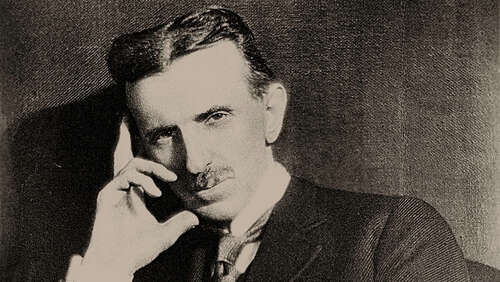
Nikola Tesla was far from the first person to develop an electric motor. In fact, early motors were first proposed in the late 1700s, and by 1822, Michael Faraday had demonstrated that it was possible to create electromagnetic rotation by using a magnetic wire and an electric field. Just a decade later, William Sturgeon created the first working DC electric motor that could actually turn machinery, leading to further experimentation in the field to power machinery. These were important precursors that proved it was possible to create working machines powered by electricity, with the motors converting electrical energy into mechanical force.
What Tesla pioneered was the induction motor. Alongside Galileo Ferraris, who independently created his own version of the induction motor, Tesla developed a working model of a motor that worked via alternating current and generated power through electromagnetic induction. Before this time, AC motors had never been consistent or reliable, so this invention would have far-reaching consequences. As the current automatically reverses the poles of the magnetic field, it could move the motor without the need for a physical connection. This made it more efficient and capable of producing far more energy.
This groundbreaking invention is widely considered to be one of the most important in history. Induction motors went on to dominate the electric motor market, and are the most widely used type of motor today, accounting for more than half of all energy consumption in industries. Without the induction motor, the Industrial Revolution would have been nowhere near as dramatic.

